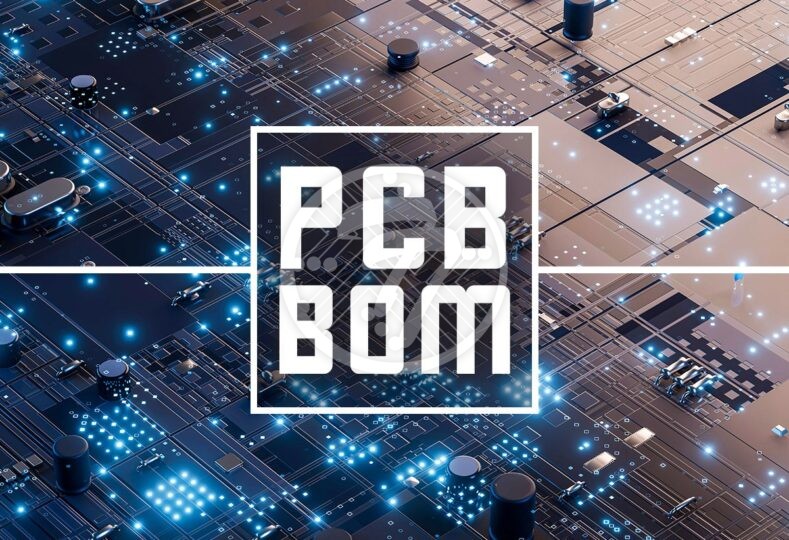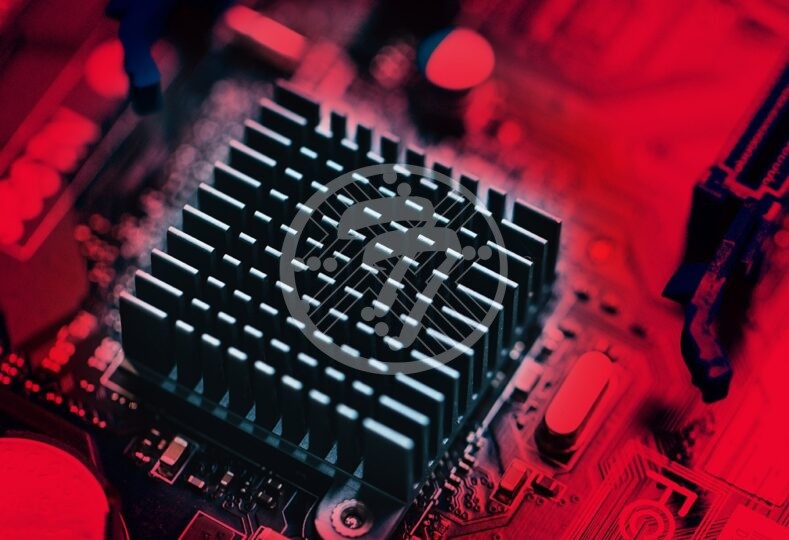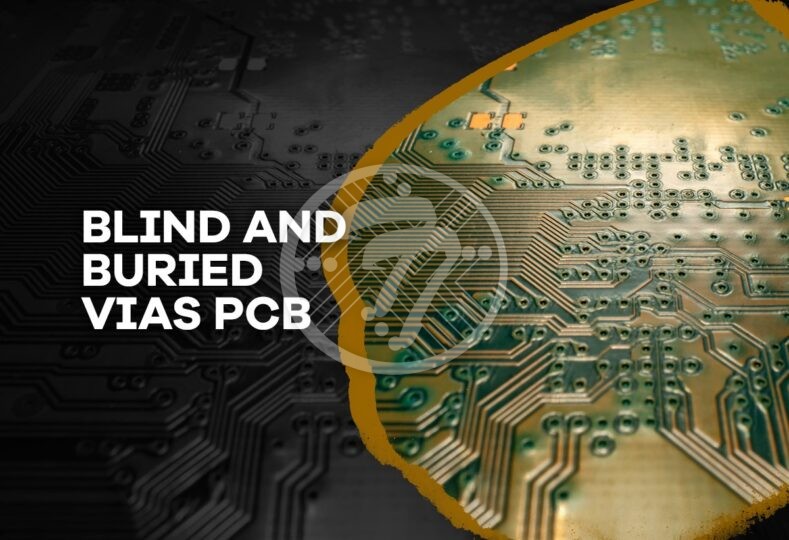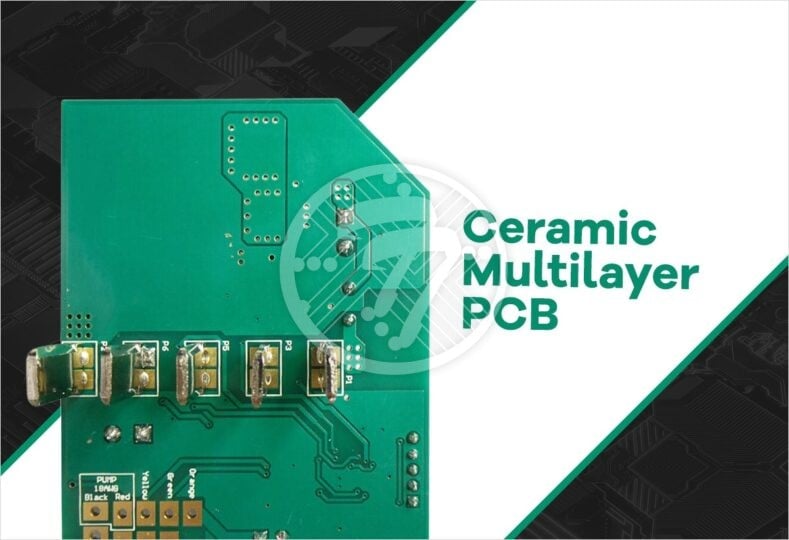The bill of materials in PCB design: The best practices for long-term production!

Designing a new circuit board needs meticulous planning for sure. When you are designing for long term production you need to have specific and detailed strategies in place so that you can avoid any component shortages. Here are some specific supply chain problems that have been staring at the industry particularly in today’s times:
Short supply
With the global pandemic, component short supplies have been a reality. With inventories at OEMs dropping, designers are forced to look for alternative parts. The supply chain shortage is also impacted by the global shipping problems. Vendors are unable to reach supplies to customers on account of inaccessibility to the regular shipping channels.
Counterfeit parts
A number of counterfeit parts have also flooded the market. There have been instances of substituting false part numbers whereby general parts are repurposed. There are also instances of old parts being sold as new. It is imperative, therefore, for OEMs to be able to recognize old, counterfeit parts.
In such a scenario Bill of Material (BOM) planning strategies are absolutely important. Let us look at some of the PCB Design BOM planning strategies in detail
PCB design BOM planning strategies:
Check for part availability as well as prices
Before committing to use any parts you certainly need to find out if they are available and their price. It is a possibility that they may have become too expensive. You also need to validate the sources so that you are sure that you do not land up with counterfeit components.
Check for alternative options
In case the parts that you are looking for are unavailable, here are some of the alternatives to consider:
- Alternative Parts – You need to look for parts that can offer similar functionality. It may be a good idea to also look for combinations of parts that can offer similar functionality. This of course could have a cost implication. However, it will keep your project on track.
- Redesign – In some cases in order to tackle the issue of the unavailable part, you may need to redesign the circuitry. You also need to look at alternatives where you design the primary component and its alternatives into the board.
- Forward planning- Above everything, you need to make sure that you time yourself well. Waiting till the end of the design cycle and then beginning to look for parts that you need and finding them to be unavailable, is a sure fire way to disaster. You need to start planning early in a way that you can map the completion of your design schedule with availability of components. There are electronic component specialists that can help with BOM planning.
Having discussed BOM planning strategies, let us also look at some BOM planning resources that can come in handy
BOM Planning Resources
One resource that will stand you in good stead, is of course your contract manufacturer. Ensure that your electronics contract manufacturer has a dedicated engineering as well as procurement team that ensure that you do not fall short by way of unavailability of components. The contract manufacturer will undertake a detailed review of the BOM. They will ensure that the parts mentioned in the BOM work well and are available for use. A strong procurement team will then ensure that the lead times and prices are optimal.
This is not the only way the contract manufacturer can come to your aid. Importantly, a professional contract manufacturer will also review your PCB board design to see that there aren’t any issues that can later affect the manufacturing process. Timely detection of these issues will help prevent costly mistakes. They will also suggest alternate designs that will aid in manufacturability. With their experience and access to industry best practices, you need not reinvent the wheel.
Importantly, if you as a customer work with the contract manufacturer on long-term builds of circuit boards, they will monitor availability of components on a continuous basis. At any time if any part becomes obsolete, the team will have its recommendations ready proactively. This will ensure that your production isn’t impacted and that time to market, which is a big source of competitive advantage in today’s milieu, isn’t impacted.
Technotronix is one of the leading PCB manufacturers based in the USA. We have over 4 decades of experience in providing innovative PCB manufacturing services using modern technologies and the latest machinery. For any kind of PCB manufacturing services, Get a quick quote!









